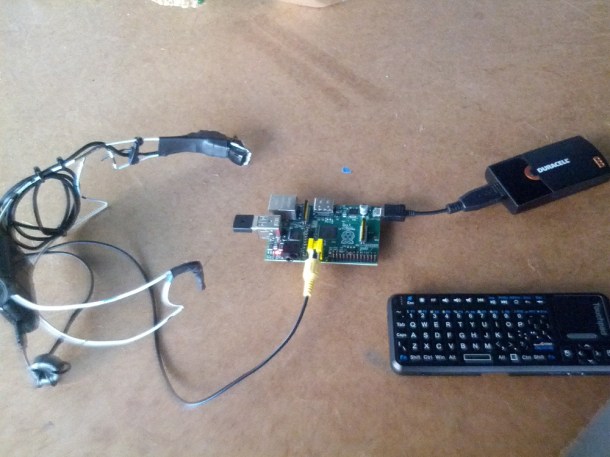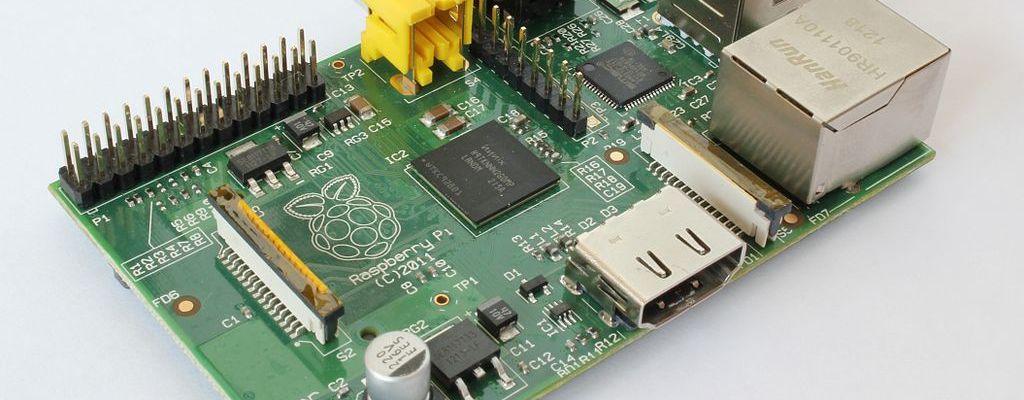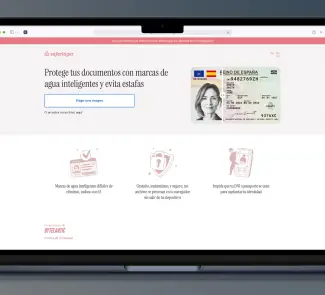From home-made Google Glasses to an automatic garage-door opener via Siri. These are the 5 most noteworthy Pi applications on the web.
The Raspberry Pi, the credit-card-sized open-source computer has sparked the creation of interesting projects with a minimal investment of just 25 euros. The versatility offered by this device based on Creative Commons and GPL makes it the ideal platform for programming aficionados to let their creativity loose and propose interesting and fun Raspberry Pi applications.
From the first portable console, musical instruments, robots, a micro-arcade, to mini-computers that are assembled like Legos, or balloons that capture images of the Earth from 40 km up. Out of the extensive catalogue of applications that can be found on the web, I’ve selected five that in my opinion are without question incredibly creative and deserve to be highlighted in this post:
Open the garage door with Siri
Siri is a service that runs on Apple technology that is designed to interact with the iPhone by voice, and that can also control other devices though a proxy server connected to the Siri service.
A user in the UK has fixed it so that his garage door opens automatically using a voice command through his iPhone with the Siri proxy. To get this curious garage door opener to work, he used the Raspberry Pi platform to run Siri proxy, along with wiringPi to activate and deactivate a relay that triggers the automatic garage door opener.
Google Glasses with a portable Raspberry Pi
If your budget won’t let you get your hands on a pair of Google’s famous augmented reality glasses, don’t worry because with a little imagination, you can build your own on the cheap with a Raspberry Pi.

That’s just what Zack Freedman was thinking when he got to work building a portable augmented reality Raspberry Pi. A home-made device created using the inside of a MyVu video lens for an iPod as a display, installed on the metal frame of the glasses, and a mini keyboard with Trad Pack that adjusts to fit on your wrist. The system is completely wireless, runs with a Raspberry Pi attached to your belt, and is powered by a Duracell portable charger. It may not have the futuristic design of Google’s glasses, but the amount of imagination that went into it is undeniable.
Tiger Eye, the iRobot Roomba controlled with a Nintendo Wii controller
This ranking of Raspberry Pi applications would not be complete without the construction of a remote-controlled robot, but in this case, reusing an old household iRobot Roomba vacuum cleaner.
Ben J., the creator of the invention, used Raspberry Pi technology and a Python script to wirelessly control the Tiger Eye robot with a Nintendo Wii controller. Ben connected the motor’s two transmitters to GPIO pins 4, 17, 18 and 21 of the Raspberry Pi with a reused 16-pin socket and modified the power supply to power the motherboard with a 5 volt, 1 amp regulator. As a finishing touch, he added a camera that can record videos from the robot’s perspective, while the movements of the robot are controlled by remote control.
Build an HPC cluster with legos and 64 Raspberry Pis
Simon Cox and his 6-year-old son came up with another interesting application to build a supercomputer made up of 64 Raspberry Pis connected by Ethernet cables, on a structure made out of legos.
Cox’s goal was to get the 64 processors to divide the tasks so that they could work together, using a transfer interface and with acceptable performance. Based on the fact that each device provides the equivalent of one 300 MHz Pentium 2 processor and that the entire assembly requires 192 watts of power, the system has managed to remain stable for months without a single failure in the nodes.
In fact, the positive results have encouraged Cox to implement this system in the 3D printing services of the department in the university where he works.
BeetBox, a digital musical instrument using a Pi and some beets
And we’ll close out the list with one of the most unusual Raspberry Pi applications that is also fun and entertaining. This invention, created by Scott Garner, is a digital percussion instrument that uses capacitive touch sensors connected to a series of beets to generate sound when the beets are touched.

This strange instrument consists of a wooden box that contains a Raspberry Pi, a speaker and the spaces needed to hold each one of the musical vegetables. The sound is generated by contact through a series of MPR121 capacitive touch sensors from SparkFun, connected to the motherboard running a Python script via I2C. For the audio of the output line, Garner built a mini amplifier using an LM386 connected to the speaker installed in the base.
Actually, any type of vegetable or household object would work, but it’s still an interesting application for making music and to round out this ranking. Watch a video demonstration here.
Images | Wikipedia, Zack Freedman and Scott Garner









